U.S. Department of Transportation
Federal Highway Administration
1200 New Jersey Avenue, SE
Washington, DC 20590
202-366-4000
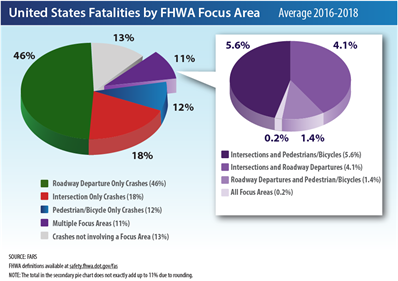
Each year Roadway Departures account for over half of all traffic fatalities in the United States. The Federal Highway Administration (FHWA) Roadway Departure (RwD) Team developed this Strategic Plan to provide a common vision for research, policy, and implementation to address these crashes.
Pursue a proactive approach to addressing lane departure crashes on the Road to Zero.
Exercise leadership in the highway community to reduce the risk of RwD-related fatalities and serious injuries. The FHWA’s primary leadership role is with the engineering community and aims to assist transportation agencies to achieve their RwD-related SHSP goals through:
Reduce annual average national RwD fatalities to 10,000 by the year 2030. The FHWA RwD Team will pursue this goal by influencing both internal and external partners to plan strategically, implement RwD countermeasures systemically based on data, and promote safety performance in all facets of transportation decision-making.
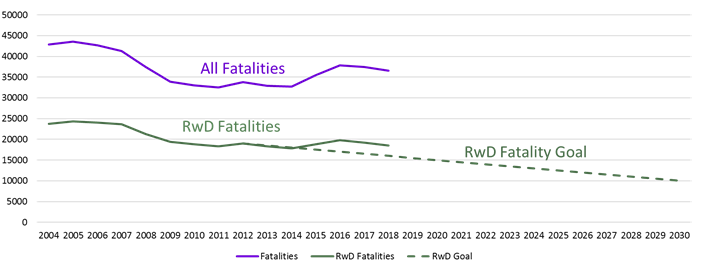
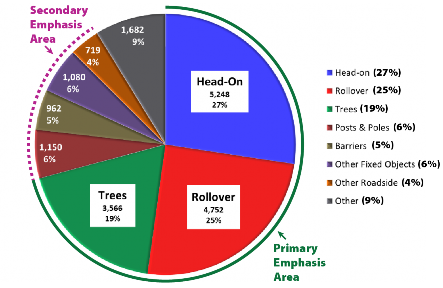
This Strategic Plan primarily serves as a tool to provide long-term focus for the FHWA RwD Team efforts using a data-driven approach. The FHWA defines RwD Crashes as those in which a vehicle crosses an edge line, a center line, or otherwise leaves the traveled way (also called lane departure by AASHTO). When considering the most harmful event in RwD fatalities, three crash types make up over 70 percent of the crashes. These three, head-on collisions, rollovers, and trees, are the primary emphasis of this strategic plan. Secondary emphasis is placed on reducing crashes with other fixed objects, including signs, poles, signals, and barriers as well as crashes involving roadside ditches and embankments. Some headway has been made in reducing the severity of rollover crashes as shown below.
RwD Emphasis Area Fatality Trends
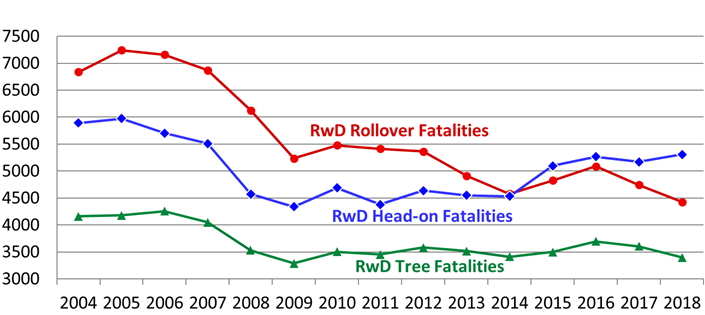
The RwD Team includes core members from three safety units within FHWA, each of which provide support and resources to Division Offices. Each of these units and the Divisions fulfill varying needs in FHWA’s efforts to reduce RwD fatalities. The primary roles of each follow.
The RwD Team uses an integrated roadmap process to specify short-term and mid-term efforts to achieve the goals of the Strategic Plan. It is reviewed and updated annually. Efforts in the RwD Roadmap include projects aligned under three objectives:
The RwD Roadmap also includes projects in RwD analysis, research and outreach that span all three objectives. Because the roadmap process is integrated, there are teams considering projects for each primary emphasis area that coordinate with other headquarter, research and field offices within FHWA and other DOT agencies to gain technical and policy knowledge in planning and implementation.

Credit: skalapendra/iStock/Thinkstock
RwDs involving cross center line or cross median events that resulted in vehicle collisions were the most harmful event in 27 percent of RwD fatalities. Since 85 percent of these head-on roadway departure fatalities are on undivided roadways, a major focus of this primary emphasis area is addressing cross-centerline crashes and with less weight placed on cross median issues. Additional research and development of countermeasures for undivided highways will continue to be a focus for the foreseeable future. Crash data also indicates that the focus should remain on high-speed roadways, with more emphasis in rural areas while not ignoring urban areas. Detailed analysis found that in rural areas, the non-interstate freeways and expressways are significantly over-represented for this crash type, and other principal arterials and minor arterials are also somewhat over-represented compared to all roadway departures and all crashes.
Curves are only slightly over-represented for head-on roadway departures compared to all crashes, indicating focus should be on both tangents and curves. Detailed analysis showed that a common issue in urban areas is head-on lane departures due to drivers cutting to the inside of the curve, across the center line, while in rural areas these head-on crashes were in over-represented in tangent sections. Detailed analysis showed that while lane departures are only slightly over-represented in wet, snowy, and icy conditions, this is more of an issue in rural areas.
RwD Head-on Fatalities as percent of all RwD Fatalities
(FARS 2016 - 2018 average annual)
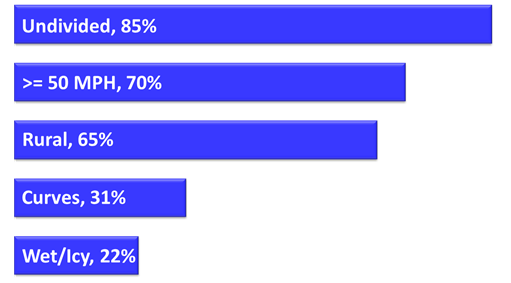
Strategies to keep vehicles in their lane to prevent head-on collisions include installation of:
Strategies to reduce the potential for head-on collisions when vehicles do leave their lanes include application of:
Strategies to minimize the severity of roadway departures into opposing traffic lanes include appropriate:
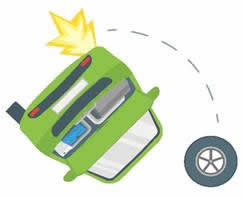
Credit: skalapendra/iStock/Thinkstock
The most harmful event in 26 percent of fatalities resulting from a roadway departure is a rollover. Approximately three-quarters of these fatal crashes occur in rural areas and 72 percent are where posted speed limits are at or above 50 mph. While these crashes have been reduced slightly in recent years in tangent sections, they continue to be significantly over-represented in curves. Detailed analysis found that rollovers are problematic both in curves in either direction for the vehicle, although they do happen somewhat more frequently on the outside of the curve. As with all crashes, the majority occur in dry pavement conditions. These fatalities are also somewhat over-represented on rural two-way undivided roads, especially collectors and local roads.
RwD Rollover Fatalities as percent of all RwD Fatalities (FARS 2016 – 2018 average annual)

Strategies to keep vehicles on the roadway to prevent rollovers include installation of:
Strategies to reduce the potential for rollovers when vehicles do leave the roadway include application of:
Strategies to minimize the severity of roadway departures by reducing the potential for rollovers include appropriate specifications and installation of:
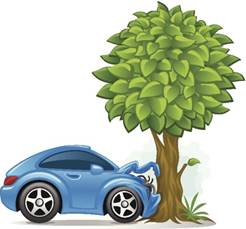
Credit: skalapendra/iStock/Thinkstock
The most harmful event in 19 percent of RwD fatalities involves trees or shrubs on the roadside. A continued emphasis on removing or otherwise addressing these roadside obstacles and maintaining the clear zone is in order. The crash data indicate the need to address this on high- and medium-speed roadways in both rural and urban areas, to meet the RwD goals. Trees are unique from other fixed objects in that (with some exceptions) they are not “installed”. In addition, they present a greater hazard the larger they grow, and they multiply over time, encroaching ever closer to the roadway if maintenance is not addressed. While context is important to roadside designs, trees have not been proven to slow traffic. Detailed analysis indicates that in rural areas these fatalities are somewhat over-represented in wet and icy conditions. Since tree crashes are particularly over-represented in curves, agencies can initially focus clearing efforts on the outside of curves and consider if they are applying the recommendations of the AASHTO Roadside Design Guide to apply wider clear zone on the outside of curves.
RwD Tree Fatalities as percent of all RwD Fatalities
(FARS 2016 – 2018 average annual)
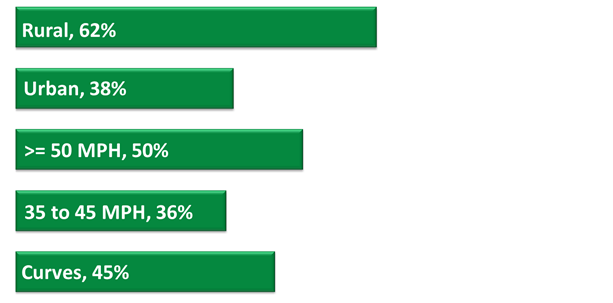
Strategies to keep vehicles on the roadway to prevent tree crashes include installation of:
Strategies to reduce the potential for collisions with trees when vehicles do leave the roadway include application of:
Strategies to minimize the severity of roadway departures by reducing the potential for tree crashes include appropriate specifications and installation regarding:
1 NCHRP Report 911, Guidelines for Traversability of Roadside Slopes, 2019.


